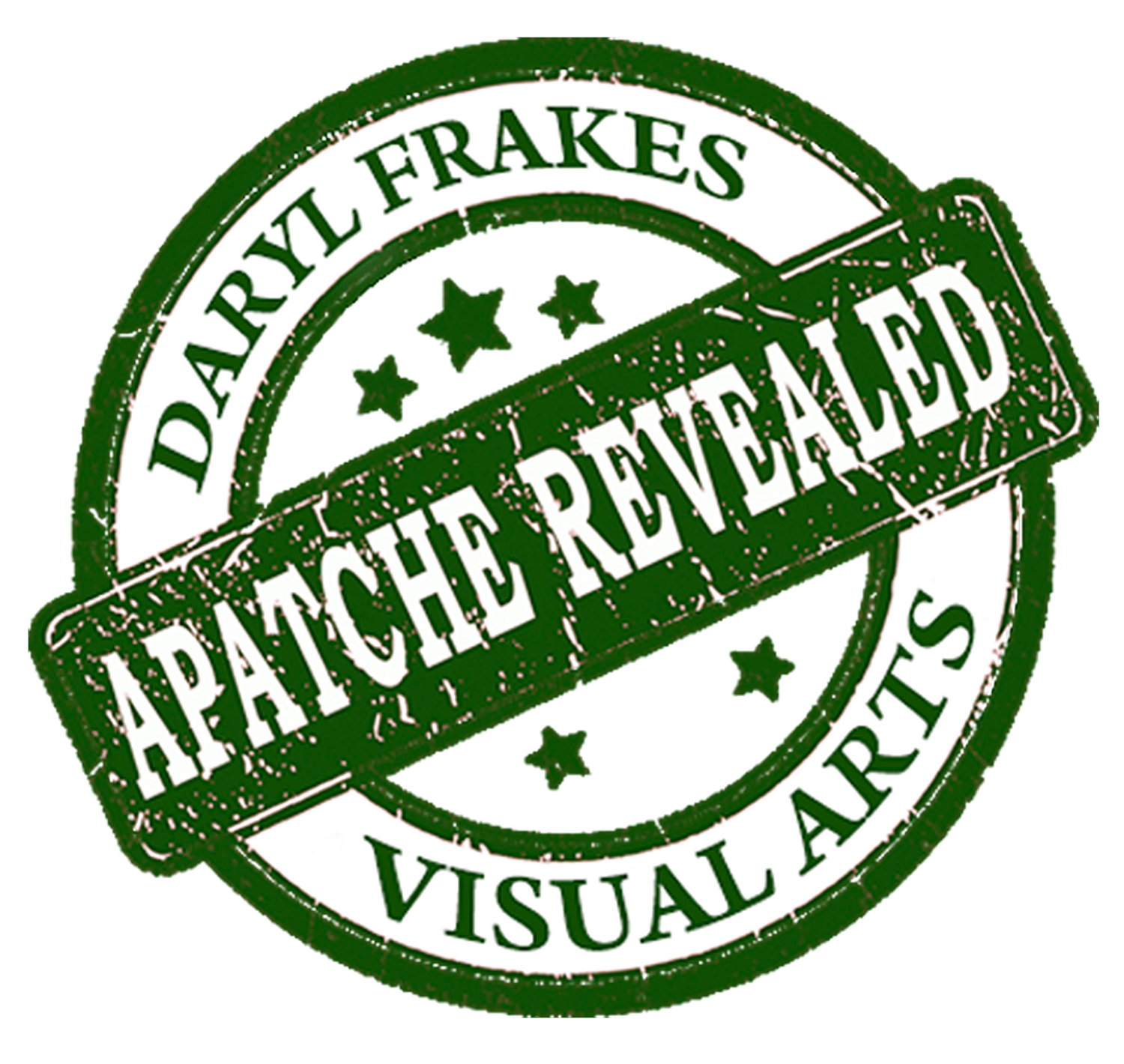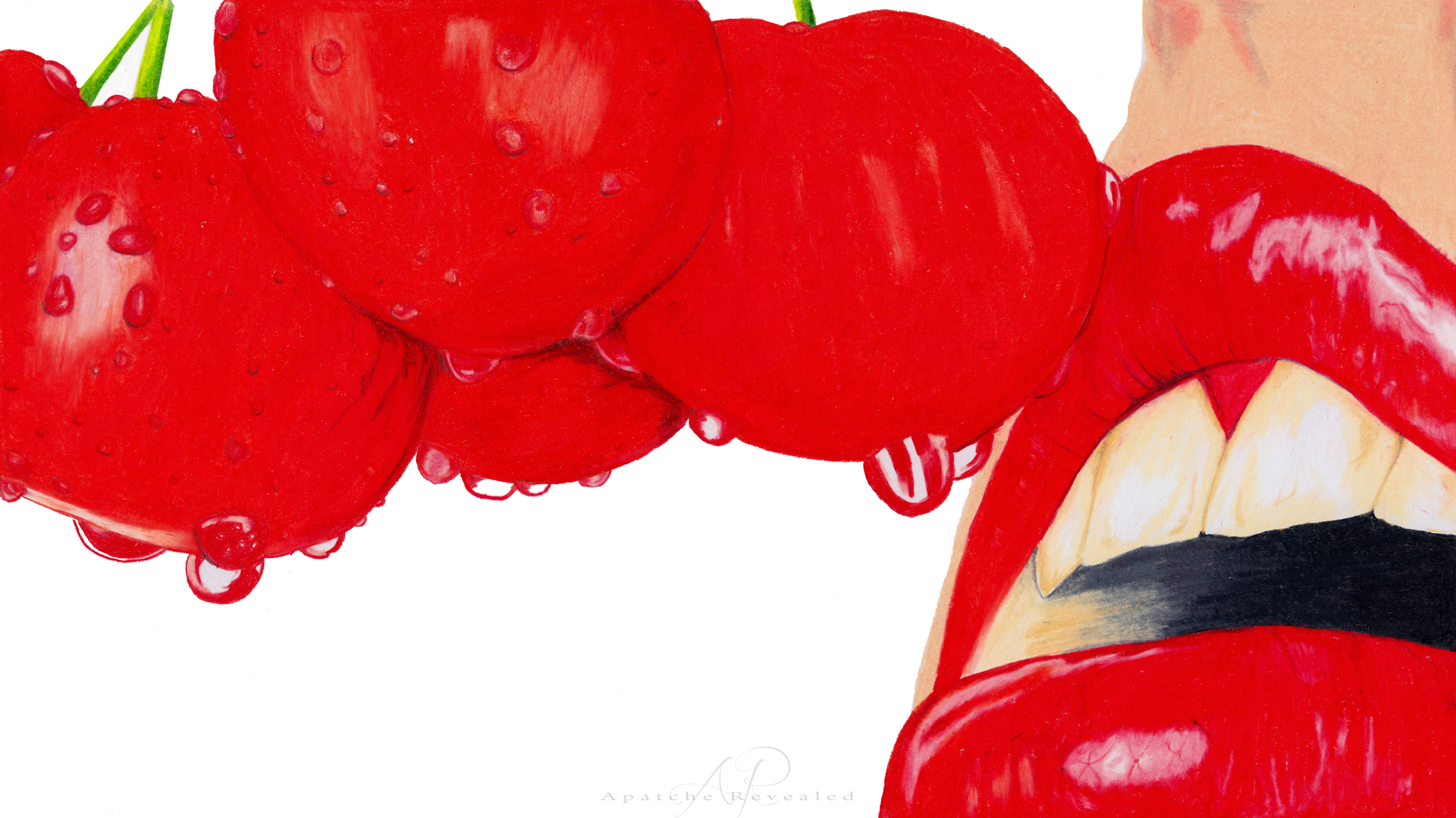Drawing is an art form, drawings is defined as a graphic representation by lines of an object or idea.
Artwork does not need to be realism or so perfect that a machine needs to have lines, lines and lines of code to decipher. It is about forming an idea being perfect isn’t what art is about it’s the freedom of creating an idea an expression of oneself. Drawings in the dicontiarty.com say drawings is “the quality, production, expression, or realm, according to aesthetic principles, of what is beautiful, appealing, or of more than ordinary significance”. Who’s to say what is or what isn’t significant to another person’s feelings or emotions of the beautiful or and the ugly? It’s yours to choice
However, we still like to challenge our creative minds to go further and become more skilled in our labour of love that we call ART. So here’s a few tips for the artist in you & YES anyone and everyone can draw. Therefore, we all are an artist in our own way.
Yes, drawing is a Skill, That doesn’t mean that drawing is a gift that only some people are born with the ability to do. A skill is something that can be taught and most importantly be learnt. If you want to create and be professional, you can. Anyone can become skilled. Don't ever say, "I can't draw." If you can imagine an idea you can learn the skill & yes a stick man is still a skill, I've drawn many stick man before it’s the raw basics of starting your idea off.
However, drawing is about seeing your object. Have you ever seen photo of something without pointing the camera at it? So many people think they can draw well without looking at an object & then they become disappointed that their drawings doesn’t look representational. Guys it not always meant to look perfect it created a piece of your out of your book, it’s like saying we are all leaves from the same tree, the branches don’t grow the same way and your leave does fall to the ground like everyone else, so why be perfect be you.
So seeing your object you ask? need to look at objects a lot in order to draw them. The way things flow, the scale of an object, I have reference material all over my desk when I’m drawing. I suggest that the amount of time you should spend looking at your subject should be more than half the time it takes to complete the drawing. Example, If you want to know how to learn to draw lion, REALLY study for it, research the way they move, the different angels you can approach the image and collect as many images as you can and understand why you see it that way, practice drawing a few parts to get the flow and how it all pieces together.
Look for Basic Shapes. Everything can be simplified into shapes. When you are studying your subject a lion in this case, try to pick out the basic shapes the roundish head, the oval body, the oval”ish” legs joints that make up the overall animal you will see that most professional artists use a lot circles when creating the flow of their subject.
Also, having a good idea of the full range of values and you shouldn’t be afraid of pushing the limits, Value is the darkness or lightness of a colours. We can't see without light, therefore we see things because of value. It's not about colour. (However colour sometimes is important) it’s also grey tones. You are creating an illusion with areas of tonal value. When you use a hard drawn line to define an edge, you disrupt this illusion. Let edges be defined by two different areas of tonal value meeting. Often when shading, the shadows don't go past dark grey. If your value range is restricted to in some cases half what it ought to be, you are limiting the modelling and depth in your drawing.
Now a good one is to staying consistent in your style. Make sure that when you start and finish your drawings in the same style. If you start your drawing loose or if your drawing begins precise, finish it that way. Make sure the drawing looks like the same artist drew everything. This isn’t meaning you start with a pen and colour in with a maker or splatter with paint that’s effects. Its more you start drawing a building outline with a pen the training to draw the other side in the same colour holding a paint brush it will just looking confusing. However Loosen Up, drawing doesn't have to be stiff and it shouldn't be it should flow and feel natural never force a creation to happen sometimes it better to walk away and attempt it other day. Many artists including myself have a few images on the go at the same time.
Using the Wrong Substrate. Oh wow, the learning and skill you quickly understand when you use the wrong product, yes we all have been there. If your drawing is pale, it might be the paper. Some cheap papers have a sheen on the surface that is too smooth to grab the particles off the pencil. A thick notepad has too much 'give' under the pencil to allow you to apply enough pressure. Sometimes your paper is too grainy you will need to find steam press paper for a smoother texture.
You can place a piece of card under a couple of sheets to give a firmer surface I find a cutting mate the best that way you don’t need to worry about the finding the edge of the under board if you move the paper like I do, & trust me there is nothing worse than a dark line on your drawing. If you are trying to do even shading, some sketch papers can be too coarse, giving an uneven texture. Make sure that you understand the correct way to use your medium that you are using for your drawing. Its fine to experiment, but knowing and understanding your limitations with a medium goes a long way.
Most of all Practice, Practice, Practice, and then Practice some more there isn’t too much practice. This is the best tip that I can say after 30+ years of drawing myself I’m still learning new skills. You must practice. Keeping a sketchbook or paper close by and draw, scribble away everyday new ideas things your see anything best way to teach the unconscious mind to doodle and refine your skill.
When you are teaching yourself to draw using books, internet (YouTube a is helpful one) also most arts suppliers have tutorials classes available, it can be difficult to know how to improve. Without a teacher to help, The key to overcoming this obstacle is to learn to look at your work with a different angel and stepping back from the time to time, you get to see what the observer sees instead of the artist view that’s looking so close to the images that our noise is touching the paper.
We need mistakes because they help us to learn and acquire the skills to help us grow. Here is a list of a few common mistakes. Some of them are small, some are big, and all can be fixed.
Using a hard grade of pencil. If you have no very dark shadows and the whole picture is rather pale, check your pencil if you are using a HB pencil, these for me are the middle of the value shading, Get a 2B, 4B even a 6B for darker values areas and 2H, 4H or even a 6H for the light area that you just want to lay down some colour.
Head Proportions. Because of the way we focus on a person's features, we usually draw them too big and squash the rest of the head. Does your drawing look like the forehead is too small, or the back of the head is flat? Really study the skill and space between ears, eyes, noise there is a natural gird to this once you find the basic structure it all falls into place relatively easy.
Drawing pets from our eye level. When you take a snap shot standing up, you are looking down at your pet. They have to look up, and you end up with their head seeming much bigger than their body great for a 3D effect however sometimes can make thins way out of proportion, and a rather odd expression on their face. Having someone distract them so they aren't staring down the lens, and squat down so the camera is at their head level, and you'll get a much better reference photo.
Scribbled Foliage. Don't use circular scribbles to draw foliage. Use more shaped like crescent shapes and scribbly calligraphic marks to draw the shadows in and around clusters of foliage, and your trees will look much more realistic.
Using pencil lines for Hair and Grass. If you try to draw every hair or blade of grass as a single pencil line, you'll end up with an unnatural looking mess of tangled wire. Instead try to make feathery pencil strokes to draw the shadows and darker foliage behind areas of grass or hair.
Did you like this article? Want to continuing to improve your skills, learn tips and tricks while getting rewarded and find out who A'Dryl is, You can on my Patreon.
Every like, Comment and Sale helps this Artist continue his passion in what he loves.





BUY NOW